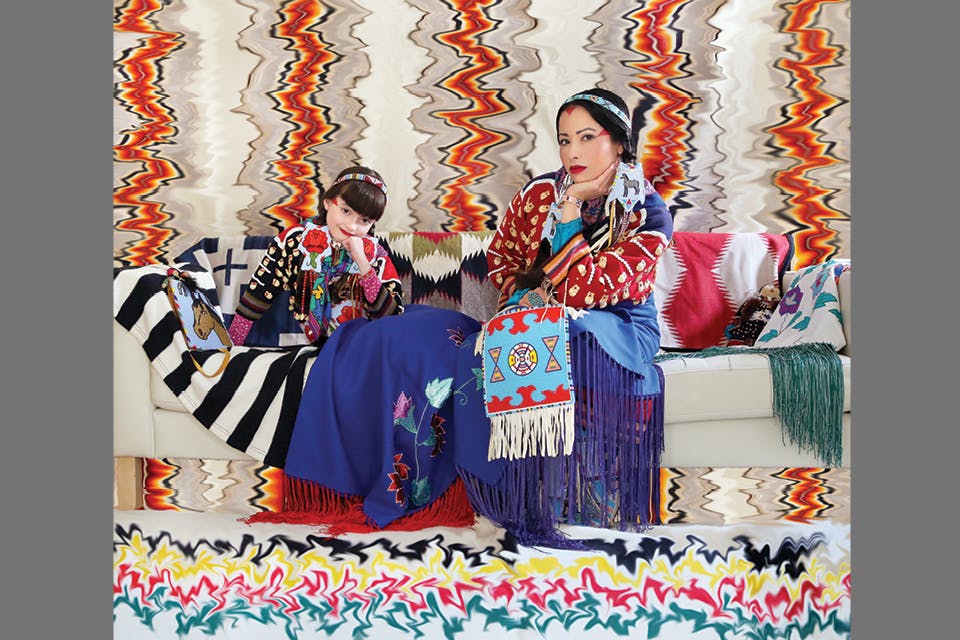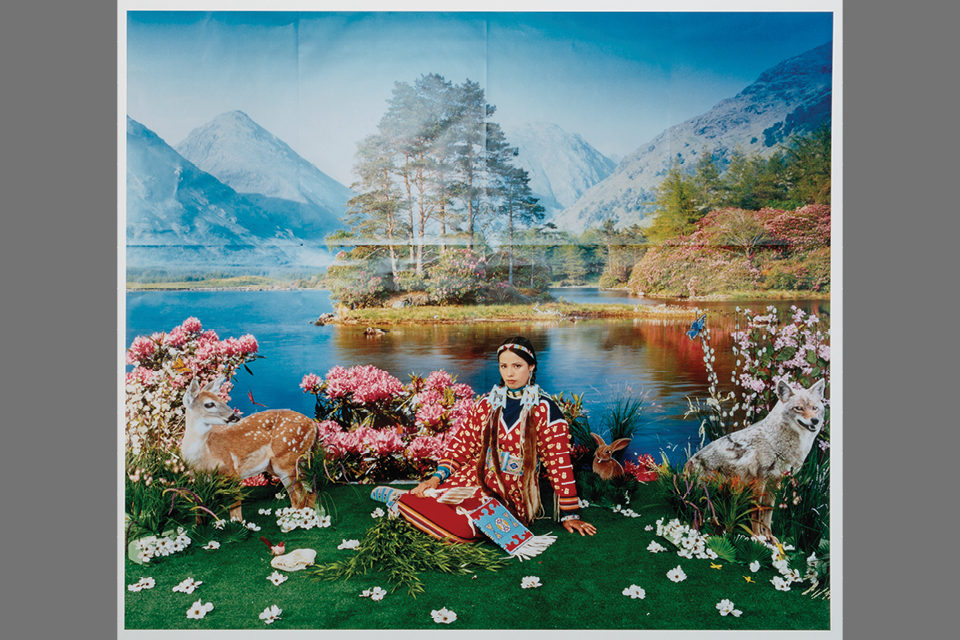Arts
‘Wendy Red Star: A Scratch on the Earth’ at Columbus Museum of Art
Mixed-media artist Wendy Red Star addresses long-imposed narratives about Indigenous people. An exhibition of her work is on display April 21 through Sept. 3.
Related Articles

See ‘Cycle Thru! The Art of the Bike’ in Cincinnati
Explore the evolution of bicycle design at the Cincinnati Art Museum during “Cycle Thru! The Art of the Bike,” on display from April 4 through Aug. 24. READ MORE >>

Celebrate Legendary Women at These 5 Ohio Museums
Visit these sites that honor individuals who left an indelible mark on history, from a pioneering suffragist to a famous sharpshooter to a literary icon. READ MORE >>

Engage Your Kids’ Sense of Wonder at 5 Ohio Science Centers
Curiosity fuels learning at these kid-focused destinations across our state that are filled with hands-on experiences, insightful exhibits and big fun. READ MORE >>




